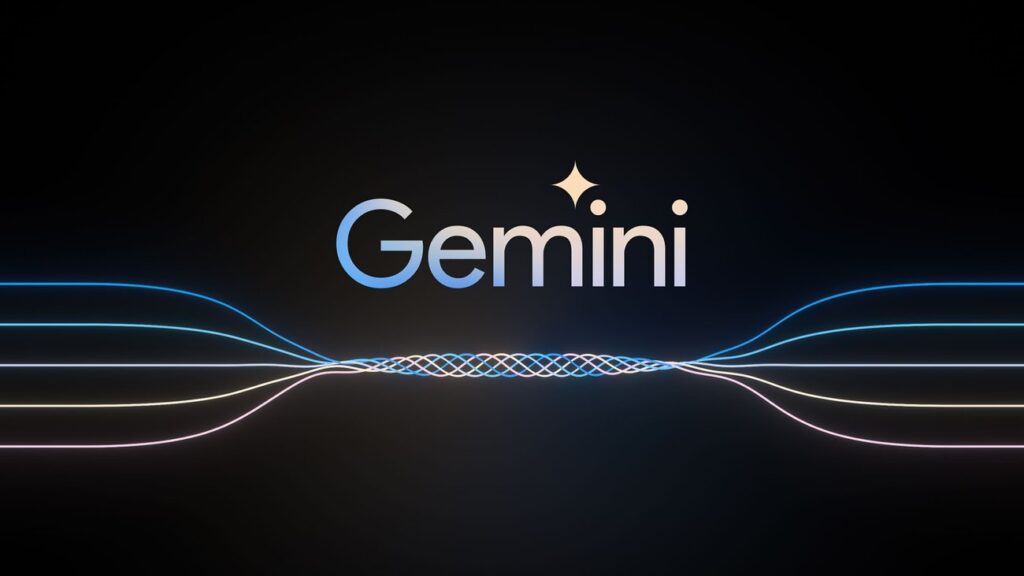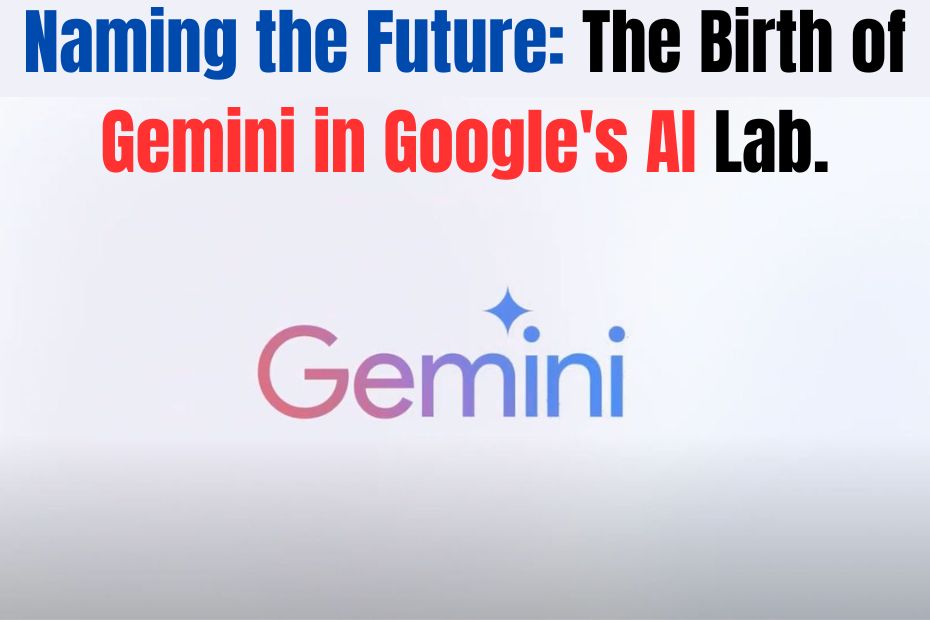In 2023, Gemini was initially mentioned at I/O, when we revealed in a brief statement that our first natively multimodal model was in training and shown remarkable capabilities already. After a year, we’ve expanded the use of Gemini models to include some of the most significant advancements we revealed yesterday on the I/O stage, as well as Search, Ads, Workspace, and Pixel.
We wondered, as Gemini continues to establish itself, where that name originated. We asked the Google DeepMind team to explain the history of why they chose the name “Gemini” in order to learn more.
The origin of the name.
“Titan,” the name of Saturn’s largest moon, was initially used as a stand-in title for the project. According to co-technical lead for Gemini Jeff Dean, “I wasn’t a huge fan of that name.” However, it offered him an inspiration for a space-based moniker, or maybe even a sign.
Gemini means “twins” in Latin. Astronomically speaking, it is the name of a constellation whose two brightest stars are named after the Greek legendary twins Castor and Pollux. Consequently, the name of our AI model has two meanings.
A dual-natured disposition that can adapt rapidly, connect with a wide range of people, and see things from many angles is one of the fundamental characteristics of the Gemini zodiac sign.

Some of the most significant advances in AI research over the past ten years have come from DeepMind and the Brain team at Google Research. These include deep learning at scale, deep reinforcement learning, AlphaGo, the Transformer architecture that powers almost all large language models (LLMs) in use today, and much more. In April 2023, the teams came together to become Google DeepMind, combining their AI expertise, processing capacity, infrastructure, and resources under one team, in an effort to further accelerate our development.
What was the first mission that crew tried to accomplish? several potent, multimodal AI algorithms.
“We wanted to bring our teams working on language modeling closer together, which is why we launched the Gemini effort,” adds Jeff. “I thought the name ‘Gemini‘ was a perfect fit because of the twins.” The people in this picture are the twins—members of the former Brain and DeepMind teams who began collaborating on this large-scale multimodal model project.”
The name also has another space-related origin: Project Gemini, NASA’s first moonshot program, which ran from 1965 to 1968.
The crucial space program served as a link between the Apollo missions, which launched the first person onto the moon, and the Mercury missions, which established that people could survive in space. Before Apollo, Project Gemini was created to test tools and methods for sustaining humans in space for lengthy periods of time. The spacecraft, which carried two people and was named after its Titan rocket propulsion, carried this technology. It carried ten astronauts into space and resulted in notable achievements like the first spacewalk conducted by the United States and the first spacecraft connecting together in Earth orbit.
The team understood the importance of Project Gemini to the Apollo program’s success. The moniker “Gemini” was originally suggested by Jeff in a comment on a document the team was working on, and it stuck. Oriol Vinyals, co-technical lead at Gemini, explains, “I was immediately sold on the name, because the monumental effort of training LLMs resonated with the spirit of launching rockets.” “It seemed appropriate to give the most ambitious project we’ve ever undertaken as Gemini its name.”
One enormous advancement for AI models.
AI has the capacity to address many of the world’s most pressing issues, and its advancements could be just as significant to humankind as the moon landing. Our Gemini models are a significant advancement and show how we’ll keep going after those stars in a responsible and safe manner. “Now, the question is: Will Apollo be the follow-up to Gemini?” Oriol smiles and continues.
Whatever lies next, Google’s Gemini age is only getting started. We first released Gemini 1.0 in December in three sizes: Ultra, Pro, and Nano. We unveiled the 1.5 Pro a few months later, and we now revealed the 1.5 Flash, a new model. “There have been discussions regarding naming models, and some suggestions involved naming stars in the universe, since our models are among the many that vary in size,” adds Oriol. “One could say that, as Geminis, we are fascinated by the universe!”
We’ve made Gemini available to billions of people through Google products since its introduction in December, and the Gemini API has been used by hundreds of thousands of developers and companies to power their projects.
According to Oriol, “Gemini was founded as the research program to develop the most capable models in the world.” “I hope our users feel the constant innovation, creativity, and improvement that our research teams will be bringing directly to them by making it the name of the product as well.”
